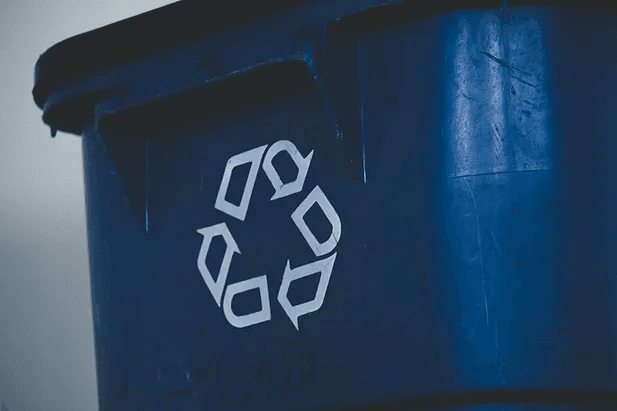
With emissions of 92 million tons of waste and 79 trillion liters of water consumed per year, it comes as no surprise that the fashion industry has been recognized as the second largest cause of pollution worldwide. Furthermore, the industry is responsible for about 20% of industrial water pollution from textile treatment and dyeing as well as approximately 35% of oceanic primary microplastic pollution, yet the problem is only worsening. Brands are now producing almost twice the number of clothing collections in comparison with pre-2000 as a result of apparel’s life cycle diminishing and the demand for new collections increasing. Fortunately, some designer brands have effectively addressed this consumption crisis by utilizing circular business models to reduce production pollution and post-use waste.
A Consumption Crisis
The rise of accessible online fashion brands such as Asos, Shein, and Boohoo has created a consumption crisis that encourages the production of cheap clothing for the mass market and influences overconsumption behavior. These profit-hungry corporations utilize the “planned obsolescence” business model which encourages consumers to dispose of unworn garments solely because they are manipulated to believe that their pieces no longer had a use or were fashionable. Furthermore, these garments are intentionally designed to have a short lifespan, coercing customers to frequently buy new. This rise in demand has immensely impacted the global per-capita textile production, increasing from 5.9 kg to 13 kg per year between the period of 1975-2018.
Combative and Effective Methodology and Noteworthy Businesses
Along with atmospheric pollution and general waste, the textile industry has demonstrated its brutal detriment on coastal ecosystems. Cambodia’s fashion industry, which is responsible for 88% of all industrial manufacturing, has caused an estimated 60% of water pollution and 34% of chemical pollution. Moreover, it was discovered through trade relations that 20% of water loss within the Aral Sea was a result of cotton consumption in the EU. As a result, many brands have sought out genuine sustainable business practices, as listed below:
C-M-C Model: A business circuit that “begins and ends with the satisfaction of wants through consumption” and closes the loop as “the cycle begins and ends with commodities, not money.”
Cradle-to-Cradle System: A system built on the principles that (a) clothing must “mimic the regenerative cycle of nature” (biodegradable, non-toxic, etc.), and (b) all products are “nutrients of either biological (natural) or industrial (technical) cycles.”
FASFV Framework: Scholar Sheetal Jain established a manifesto regarding the main principles of genuine sustainable brands, noting that it is important to (a) keep products “alive” and use it for as long as possible via maintenance; (b) prolong the time of as many “consecutive cycles as possible”; (c) reuse products/materials within and between industries; and (d) emphasize the need to raise consumer awareness regarding this topic
Listed below are brands currently integrating sustainable business practices:
1 - Buffalo Exchange
Perhaps the most self-explanatory model, Buffalo Exchange utilizes the C-M-C Model in order to eliminate textile waste entirely. This unique thrift store allows their seller to be able to choose to exchange their commodities for cash at 25% of the resale retail price or “for store credit…at 50% of the resale retail price.” Buffalo Exchange dominates markets through its “one-of-a-kind” sense in each of its items, as the same exact item “by style, size, and color” has a low possibility of surfacing again in the same location.
This circular business model incorporates “monthly rental of high-end designer garments in both the limited and unlimited schemes.” RTR makes luxury pieces relatively affordable yet also limits the amount of textile waste through its rental service model. Renters are able to buy pieces that they would normally only wear for one night and then return it for a fraction of the cost of personally owning the garment; thus, reducing the demand for each individual piece and enabling a steady lifecycle.
3 - Luna del Pinal
This luxury brand has taken the industry by storm with its incomparable business model which reduces its production rates by creating their pieces by-demand only. In doing so, del Pinal eliminates the potential of having to dispose of garments due to a lack of sales in retail stores. Additionally, they restrict their runway seasons in order to decrease the amount of runway-only garments that inevitably end up in a landfill following the show.
4 - Eileen Fisher (EF)
In 2009, Eileen Fisher launched its take-back program for used EF clothing, which sorts gently-used items and professionally cleans them before reselling them in Renew stores. The brand also enacted a policy that if garments came back damaged or below standards, the company would prepare them for reuse with various techniques including “mending, overdye, resewing, and felting.”
Article courtesy of Seaside Sustainability.


